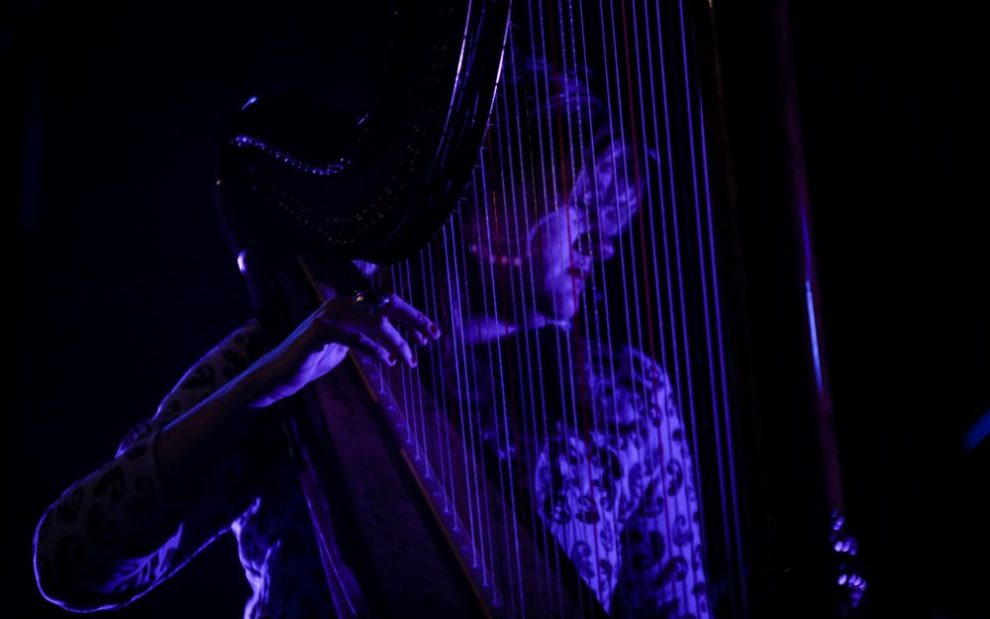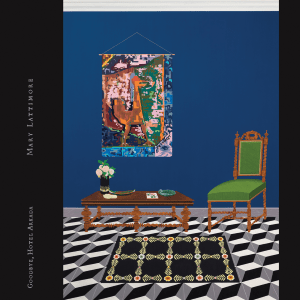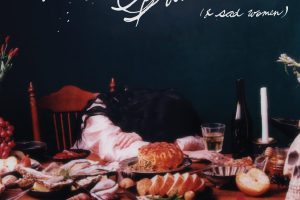Goodbye, Hotel Arkada
Mary Lattimore (Ghostly International, 2023)
Harpist Mary Lattimore’s new album Goodbye, Hotel Arkada is six tracks of spacious, meandering, fluid harp braided with synth and looping guitar. Her minimalist and often dissonant repetitions create soundscapes to her memories and questions, as in “And Then He Wrapped His Wings Around Me,” which was inspired by hugging Big Bird as a kid. The sound is warm and sad, touched with Lattimore’s soft humming and gentle glissandos—a technique where the harpist runs their finger up and down the strings.
“Music for Applying Shimmering Eye Shadow,” a song with eerie, calming drones, was composed, Lattimore writes, “after Googling ‘what does space smell like’ and getting an answer of ‘walnuts and brake pads’ and thinking about the wooziness of space, somehow smelling familiar earth smells in unfamiliar territory.” “Arrivederci” features the synth work of Lol Tolhurst, an original member of The Cure, providing a subdued, warpy backdrop on which the harp falls.
Harps don’t have a sound board next to the strings (like guitars do), which makes their open reverberations, pitch, and tonality deeply resonant in the human body and nervous system. Listening to “Horses, Glossy on the Hill,” for instance, you feel the clicking of hooves and rolling momentum of strings in your legs and belly.
In “Yesterday’s Parties,” hope and grief weave into a repetition of open arpeggios. Its name is apt for an album that wrestles, as Lattimore writes, with “fear for a planet we’re losing because of greed.”
A child once asked Henri Nouwen: “How big is God?” He replied, “God is as big as your heart; and your heart is as big and wide as the universe.” This is the effect that Lattimore is able to create with her harp—music that is unresolved and unfamiliar but resonates in our bodies like home.
This article also appears in the February 2024 issue of U.S. Catholic (Vol. 89, No. 2, page 38). Click here to subscribe to the magazine.















Add comment